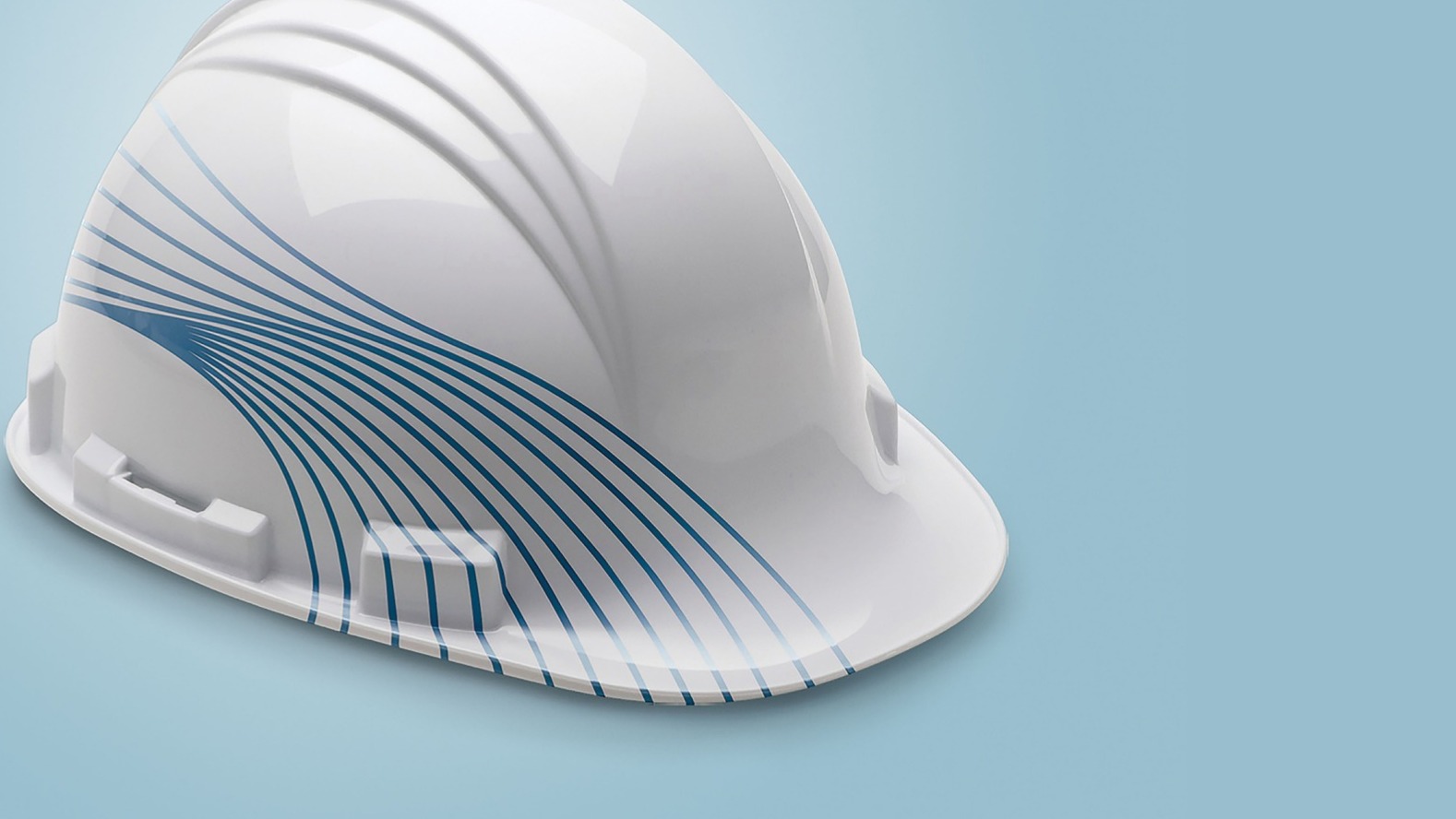
Poured-in-place and Reflective Insulations
Poured-in-place and Reflective Insulations
Table of Contents
- Introduction
- What is Poured-in-place Insulation?
- What is Reflective Insulation?
- Characteristics of Poured-in-place Insulation
- Characteristics of Reflective Insulation
- Applications of Poured-in-place Insulation
- Applications of Reflective Insulation
- Benefits of Poured-in-place and Reflective Insulations
- Considerations for Using Poured-in-place and Reflective Insulations
- FAQ
- 1. Can poured-in-place insulation be installed by homeowners?
- 2. Can reflective insulation be used in hot climates?
- 3. Is poured-in-place insulation suitable for existing buildings?
- 4. How long does reflective insulation last?
- 5. Does reflective insulation require an air gap?
- 6. Is reflective insulation flammable?
- 7. How is poured-in-place insulation installed?
- 8. What are the advantages of poured-in-place insulation?
- 9. What are the common types of poured-in-place insulation?
- 10. Can poured-in-place and reflective insulation be used together?
- Conclusion
Introduction
What is Poured-in-place Insulation?
What is Reflective Insulation?
Characteristics of Poured-in-place Insulation
- Excellent Insulating Properties: Poured-in-place insulation provides high levels of thermal resistance, effectively reducing heat transfer.
- Seamless and Continuous: Once applied, poured-in-place insulation forms a seamless and continuous layer that fills gaps, voids, and irregular spaces.
- Air Sealing: Poured-in-place insulation acts as an effective air barrier, preventing drafts and improving energy efficiency.
- Soundproofing: Poured-in-place insulation can also provide soundproofing benefits, reducing noise transmission between rooms or from the outside.
Characteristics of Reflective Insulation
- Radiant Heat Reflection: Reflective insulation reflects radiant heat, minimizing heat gain in the summer and heat loss in the winter.
- Lightweight and Thin: Reflective insulation is lightweight and relatively thin, making it easy to handle and install in various applications.
- Non-Toxic and Non-Allergenic: Reflective insulation is non-toxic and non-allergenic, making it safe for use in residential and commercial buildings.
- Durable and Long-lasting: Reflective insulation is designed to be durable and has a long lifespan, providing long-term insulation benefits.
Applications of Poured-in-place Insulation
- Wall Insulation: Poured-in-place insulation can be used to insulate wall cavities, providing excellent thermal performance.
- Roof Insulation: It is also suitable for insulating roof spaces, including pitched roofs and flat roofs.
- Floor Insulation: Poured-in-place insulation can be applied to insulate floors, helping to create a comfortable and energy-efficient environment.
- Crawl Space and Basement Insulation: Poured-in-place insulation can be used in crawl spaces and basements to prevent heat loss and moisture infiltration.
Applications of Reflective Insulation
- Attic Insulation: Reflective insulation is often installed in attics to reduce heat gain from the roof and maintain lower temperatures in the living space.
- Metal Building Insulation: Reflective insulation is suitable for insulating metal buildings, providing effective thermal resistance and condensation control.
- Duct Insulation: Reflective insulation can be used to insulate HVAC ducts, minimizing heat loss or gain during air distribution.
- Garage Door Insulation: It can be applied to insulate garage doors, preventing heat transfer and maintaining stable temperatures.
Benefits of Poured-in-place and Reflective Insulations
- Energy Efficiency: Both insulation methods contribute to improved energy efficiency by reducing heat transfer and minimizing the need for excessive heating or cooling.
- Comfort: Poured-in-place and reflective insulations help create a more comfortable indoor environment by maintaining consistent temperatures and reducing drafts.
- Noise Reduction: Poured-in-place insulation provides soundproofing benefits, while reflective insulation helps minimize external noise.
- Versatility: Both insulation methods can be applied in various areas and accommodate different construction types.
- Moisture Control: Poured-in-place insulation acts as an effective moisture barrier, while reflective insulation helps control condensation.
Considerations for Using Poured-in-place and Reflective Insulations
- Application Suitability: Evaluate the specific requirements of your project and determine which insulation method is most suitable for the application.
- Installation: Poured-in-place insulation requires professional installation, while reflective insulation can be installed by homeowners with proper guidance.
- Building Codes: Ensure compliance with local building codes and regulations when selecting and installing insulation.
- Budget: Consider the cost implications of each insulation method, including material costs and professional installation fees.
FAQ
1. Can poured-in-place insulation be installed by homeowners?
2. Can reflective insulation be used in hot climates?
3. Is poured-in-place insulation suitable for existing buildings?
4. How long does reflective insulation last?
5. Does reflective insulation require an air gap?
6. Is reflective insulation flammable?
7. How is poured-in-place insulation installed?
Poured-in-place insulation is typically installed by professionals who pour the liquid insulation material into the designated area. The material then expands or solidifies, conforming to the space and providing insulation. The specific installation process may vary depending on the type of poured-in-place insulation being used.
8. What are the advantages of poured-in-place insulation?
Poured-in-place insulation offers several benefits, including excellent air sealing properties, the ability to conform to irregular shapes and cavities, seamless coverage without joints or gaps, and the potential for improved thermal performance and energy efficiency.
9. What are the common types of poured-in-place insulation?
Common types of poured-in-place insulation include polyurethane foam, cementitious foam, and expanded polystyrene (EPS) beads mixed with a binding agent.
10. Can poured-in-place and reflective insulation be used together?
Yes, poured-in-place and reflective insulation can be used together in certain applications to enhance overall insulation performance. For example, reflective insulation can be used in conjunction with other insulation materials to create a reflective barrier that helps reduce radiant heat transfer.